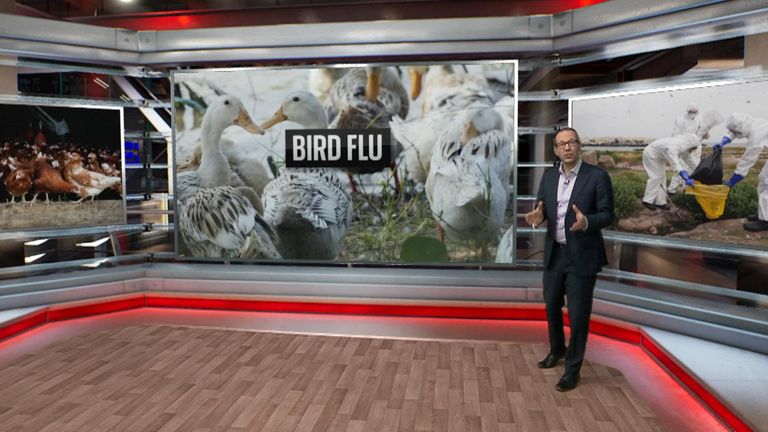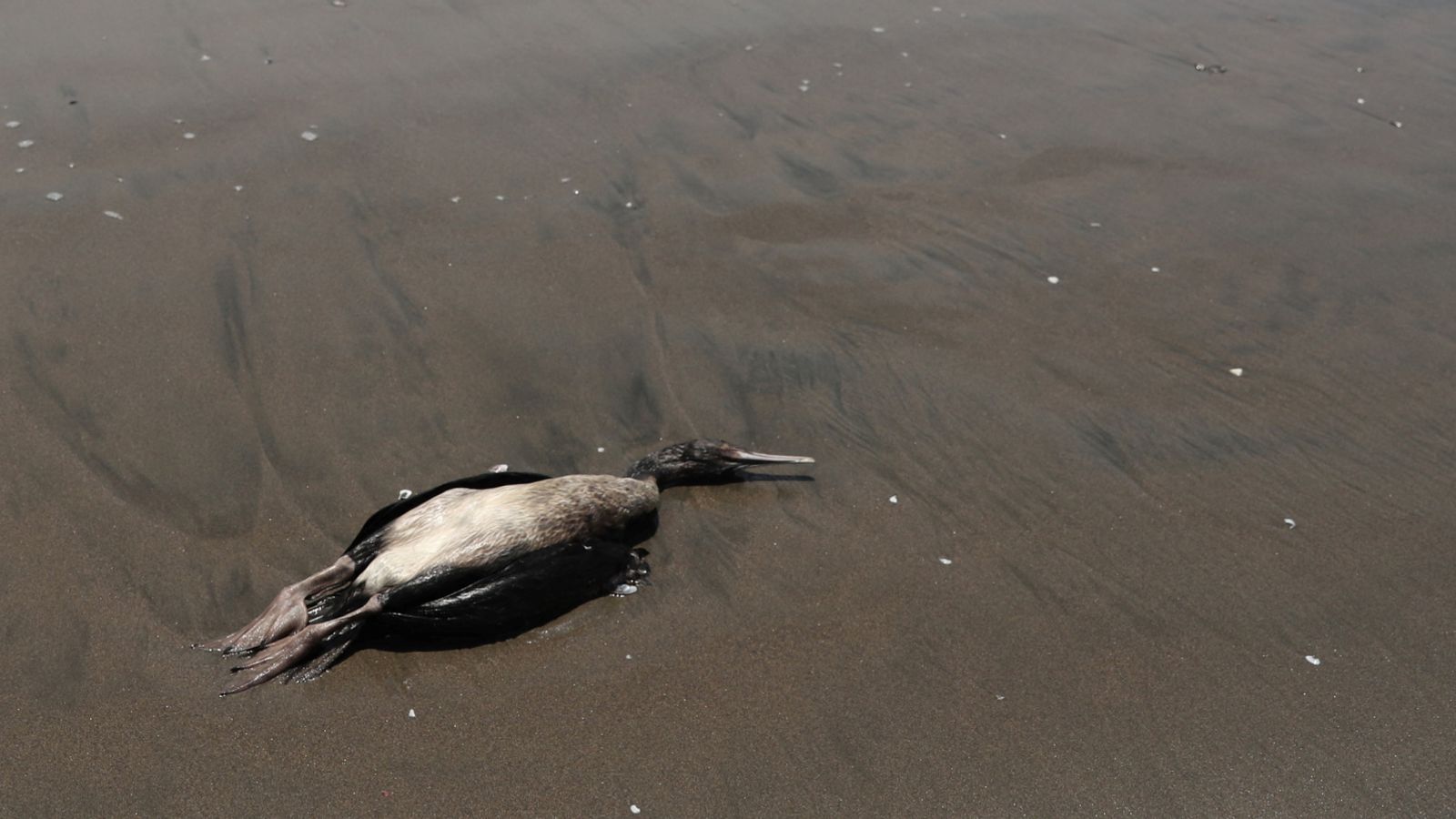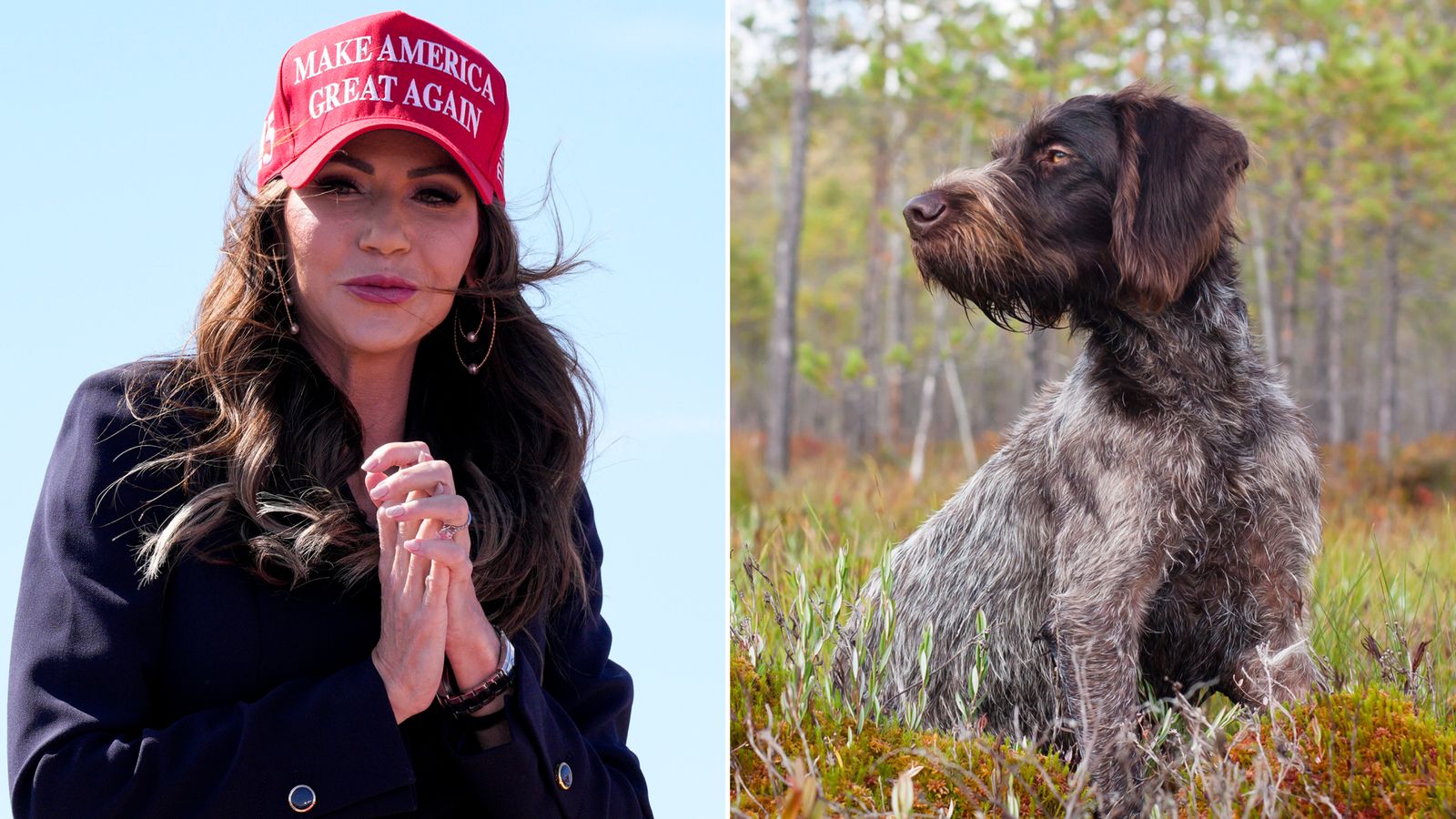
An outbreak of bird flu spreading across the US is “wiping out everything in numbers we’ve never seen before”, scientists have warned.
The country has suffered before from the H5N8 strain, which saw 50 million poultry birds culled in 2015.
But the more contagious H5N1 strain is causing different problems, as it spreads through the wild bird population.
Between late 2021 and October last year, it had resulted in the deaths of tens of thousands of wild birds – notably colonial nesting birds, seabirds, and raptors.
As a result, more than 58 million poultry were either infected or had to be culled throughout the US – and more than seven million in Canada.
Professor Jennifer Mullinax, of the University of Maryland, said the outbreak was “unprecedented”.
She described her university’s findings, based on data regarding the current US outbreak and global incidence from 2014 until early 2023, as a “call to arms” for government agencies and the agriculture sector to act.
“We are all going to have to deal with this together, because we can’t afford not to,” she said.
Read more:
Man’s bird flu infection has ‘concerning’ mutations
Scientists on alert for bird flu as seabirds return to UK
Disease may become endemic
Data examined by Professor Mullinax’s team revealed bird flu had become a year-round disease.
Previous outbreaks typically occurred in the autumn and winter, giving farmers time to prepare.
The university’s study, published in the journal Conservation Biology, suggests the US may have to treat bird flu as endemic rather than something that can be eradicated.
Click to subscribe to the Sky News Daily wherever you get your podcasts
It comes after the World Health Organization (WHO) warned people should be vigilant about the chance of bird flu crossing species to humans.
Human cases have been rare since H5N1 first emerged in 1996, but the most recent outbreak has seen the disease infect mammals like bears, dolphins, and cats.
WHO director-general Dr Tedros Adhanom Ghebreyesus said those cases “need to be monitored closely”.
“We must prepare for any change in the status quo,” he added.
Bird flu protection measures were lifted in the UK this week after more than four months.
The rules made it a legal requirement for farmers to keep the animals inside and follow strict biosecurity measures.












